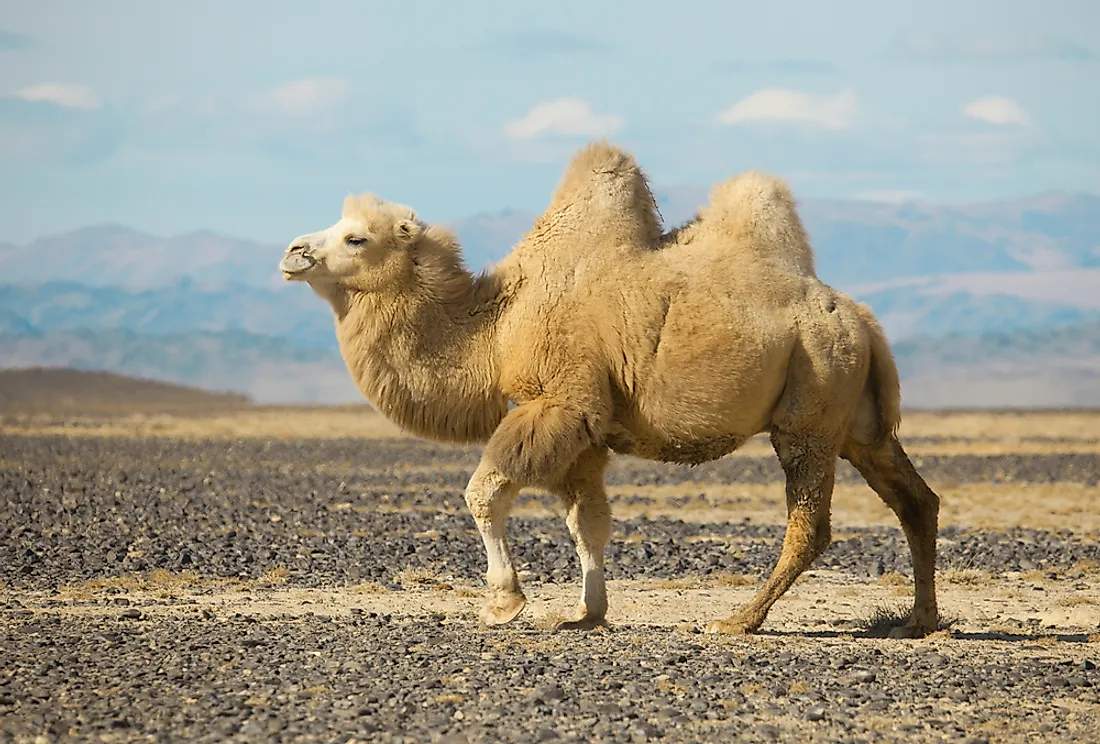

Naturally I respect their opinions, honed to a shaving edge of perfect taste by decades of stropping on white gardens and species rhododendrons. Yellow flowers have no place in them, they say, and the same goes for dahlias. We get to understand quite a lot about the garden at The Hope, its trees, its vegetables, its borders of flowers: "Many of my sophisticated gardening friends have rules about such borders. He's now gathered these magnificently surreal pieces into a book (published by New Hat, £10 order online at .uk).Īre they about gardening? Tangentially, yes. He writes a column (always the first thing I turn to) in an excellent quarterly magazine called Hortus, which is where he first began to spin stories about The Hope, his place in the Welsh Marches. I've never even met him, though I'd like to. You can buy every grown-up you know a copy of Digging with the Duchess by Sam Llewellyn. Yes – that does mean a bit of a scrabble to sort out presents, but here's the good news. I refuse to think about Christmas until December. He discusses, too, whether our fears could be getting in the way of conserving biodiversity, and responding to the threat of climate change.'Festive Cheer! Book your Christmas meal now!" screeches the banner on a particularly unattractive roadhouse I pass on our route to the motorway. Ken Thompson puts forward a fascinating array of narratives to explore what he sees as the crucial question - why only a minority of introduced species succeed, and why so few of them go on to cause trouble. We have all heard the horror stories of invasives, from Japanese knotweed that puts fear into the heart of gardeners to brown tree snakes that have taken over the island of Guam.īut do we need to fear invaders? And indeed, can we control them, and do we choose the right targets?

This is a classic example of the contradictions of 'native' and 'invasive' species, a hot issue right now, as the flip-side of biodiversity. They evolved in North America, retain their greatest diversity in South America, and the only remaining wild dromedaries are in Australia. Where do camels belong? In the Arab world may seem the obvious answer, but they are relative newcomers there.


 0 kommentar(er)
0 kommentar(er)
